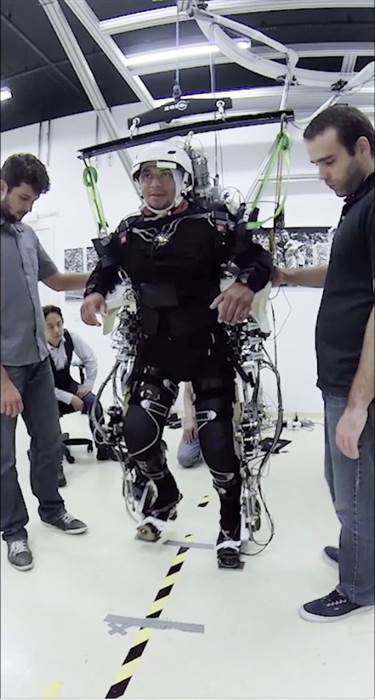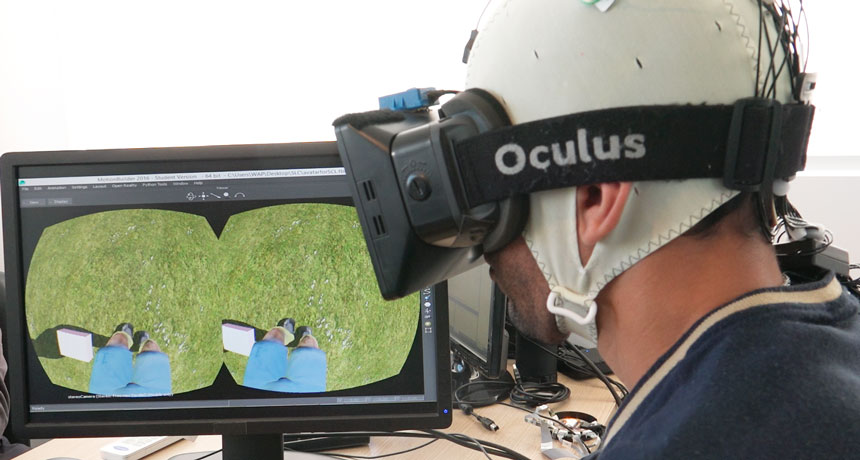Health News – In a first-of-its-kind study, neuroscientists from Duke University report today that eight long-term paraplegics have regained feeling and some movement in their legs after training with a brain-controlled robotic device.
 The patients used what’s called a brain-machine interface, including a virtual reality system that used their own brain activity to help them recover sensation in their paralyzed limbs. It’s the first time that partial neurological recovery has been reported in patients with long-term paralysis, a result that surprised even the researchers.
The patients used what’s called a brain-machine interface, including a virtual reality system that used their own brain activity to help them recover sensation in their paralyzed limbs. It’s the first time that partial neurological recovery has been reported in patients with long-term paralysis, a result that surprised even the researchers.
“We couldn’t have predicted this surprising clinical outcome when we began the project”, said Dr. Miguel Nicolelis, co-director of the Duke Center for Neuroengineering, as part of the Walk Again Project in Sao Paulo, Brazil.
The patients had each suffered severe spinal cord injuries from auto accidents, falls and other trauma that left them completely paralyzed for at least five years and as long as 13 years.
The training consisted of weekly sessions that first started with virtual reality that used mind control to move the legs of avatars. This training ultimately allowed the rehab patients to re-engage spinal cord nerves that had survived the impact of the injuries that had paralyzed their lower limbs, the researchers believe.
“One previous study has shown that a large percentage of patients who are diagnosed as having complete paraplegia may still have some spinal nerves left intact,” Nicolelis said. “These nerves may go quiet for many years because there is no signal from the cortex to the muscles.”
Over time, training with the brain-machine interface could have rekindled these nerves.
“It may be a small number of fibers that remain, but this may be enough to convey signals from the motor cortical area of the brain to the spinal cord,” said Nicolelis.
Related: Stimulator Helps Paralyzed Men Move Again
Several patients saw changes after seven months of training. Peak improvement was seen at 10 months of training. They also experienced some “autonomic” improvement, such as bowel and bladder function.
As a result of these improvements , half of these patients were upgraded from complete to partial paralysis.
One participant, “Patient 1,” was a 32-year-old woman paralyzed for 13 years at the time of the trial who experienced perhaps the most dramatic changes.
Early in training, she was unable to stand using braces, but over the course of the study, she walked using a walker, braces and a therapist’s help. At 13 months, she was able to move her legs voluntarily while her body weight was supported in a harness, as seen in a video recorded at the Alberto Santos Dumont Association for Research Support where the neurorehabilitation lab is located.
The participants continue to be studied and continue to make progress. The researchers now hope to study patients with more recent spinal cord injuries to see if providing the treatment earlier allows greater recovery.
by SAMUEL SARMIENTO, MD, NBCNews.com

